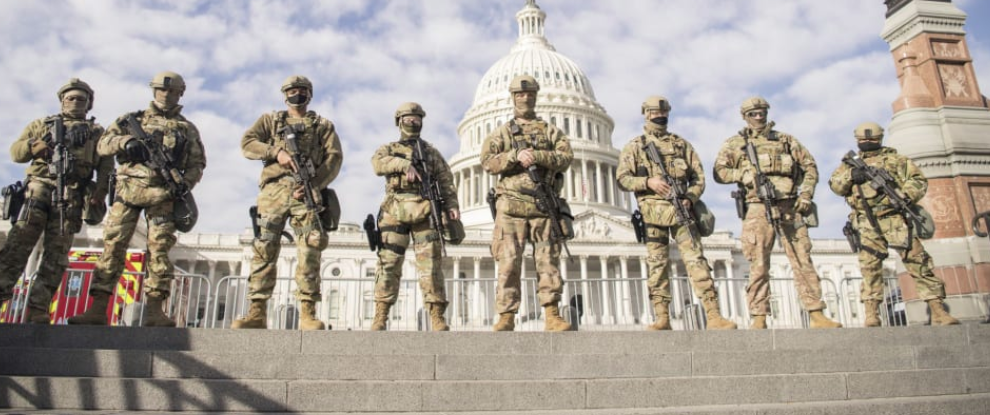


After the Capitol Riot, What Is Your State of Preparedness?
From David Pounder, writing for Homeland Security Today, about the events at the U.S. Capitol on January 6 with lessons learned for business owners and other non-governmental organizations:
What happened on Jan. 6 at the U.S. Capitol had a surreal feel to it. While there were a lot of concerns and indicators that a large group of voters were not happy with the outcome of the November presidential election, there were few who would have believed it would have gone this far. And yet it did. There will be investigations upon investigations to understand what happened and how, while other investigations pursue those who participated in the attack. The outcomes will be able to help organizations review and assess against their own practices and determine if there are areas they can improve upon as well.
However, that is likely to take several weeks, if not longer. Organizations do not need to wait in order to take an assessment of what happened, how it happened, what can be gained from this incident, and what can be reinforced as established business practices. A potential mistake and an overriding issue for organizations is a belief that this should never have happened and will not happen in the future. This is a failed approach. It did happen, people and key leaders enabled it to happen, and it could happen again if the right lessons are not learned. Whether it is this type of threat, or the risk of a low probability action related to another hazard, organizations are encouraged to assess their state of preparedness for an incident and then the escalation of those events. Hoping it doesn’t happen is not the same as knowing that if it does happen that the organization is ready.
The events from that day have led to valuable and important lessons learned, which are being activity debated and investigated. An official report on findings will undoubtedly be released in the future, but the immediate lessons learned have to be reviewed now and addressed within respective organizations. It goes without saying that the Capitol, the Capitol Police, and Washington, D.C., authorities all contributed in part to the lack of effective preparedness for and response to the incident. But what does “unprepared” mean? And how can it be applied in organizational planning and preparedness? Some of the immediate important lessons learned include:
A Failure to Anticipate Potential Escalation. This is difficult to understand since the groups participating did not necessarily conceal their intentions. Consider the following:
- Shops and restaurants had taken necessary precautions; some had been boarded up.
- Signs have been posted along major avenues to remind passers-by about D.C.’s strict gun laws.
- In a memo from the House of Representatives’ sergeant-at-arms, lawmakers were advised to use underground tunnels instead of public streets around the U.S. Capitol.
- On Jan. 5, approximately 340 troops with the D.C. National Guard began to take positions around the nation’s capital.
- Groups such as the Proud Boys and Oath Keepers were actively promoting attendance. The leader of the Proud Boys was arrested when he arrived in Washington on Jan. 4 for other charges. The group also had previously announced that the group’s members would “be incognito” and “spread across downtown D.C. in smaller teams.”
- Pro-Trump groups organized caravans that were stopping in at least 20 cities on their way to attend the rallies in D.C.
- The Eighty Percent Coalition filed a permit for a protest of roughly 10,000 attendees.
- Women for America First filed a request for a permit for 5,000 protesters at Freedom Plaza.
- A week before Christmas, Trump tweeted, “Big protest in D.C. on January 6th… Be there, will be wild!”
- Reporting also noted that the FBI and the New York City Police Department passed information to U.S. Capitol Police about the possibility of violence during the protests.
For the rest, click here.